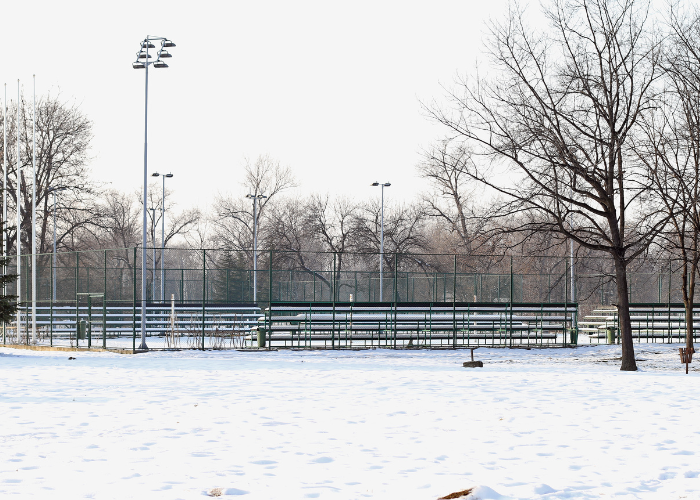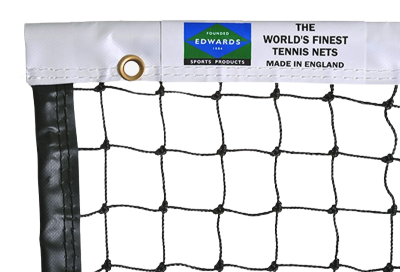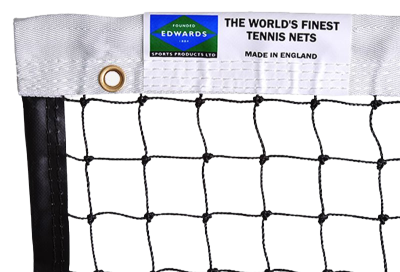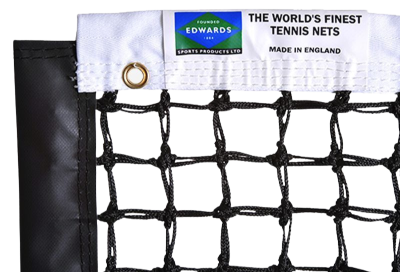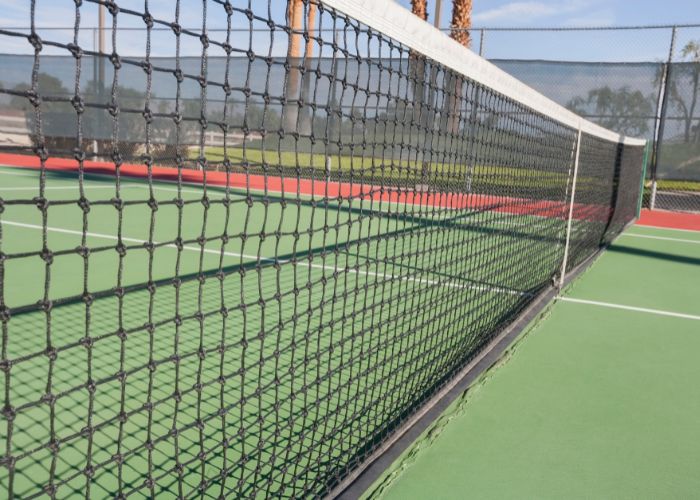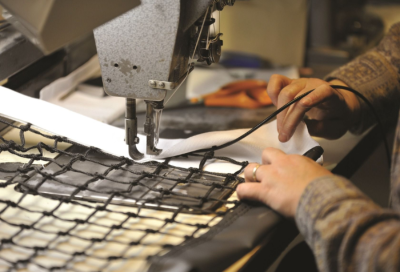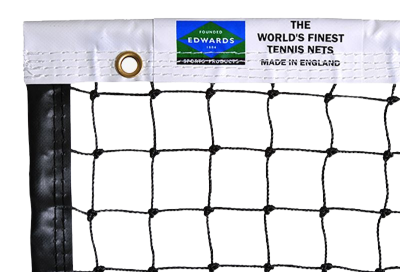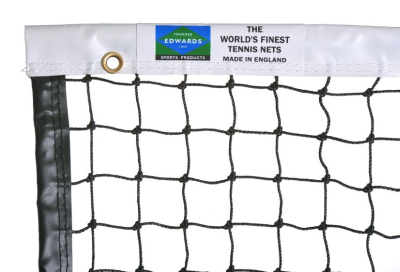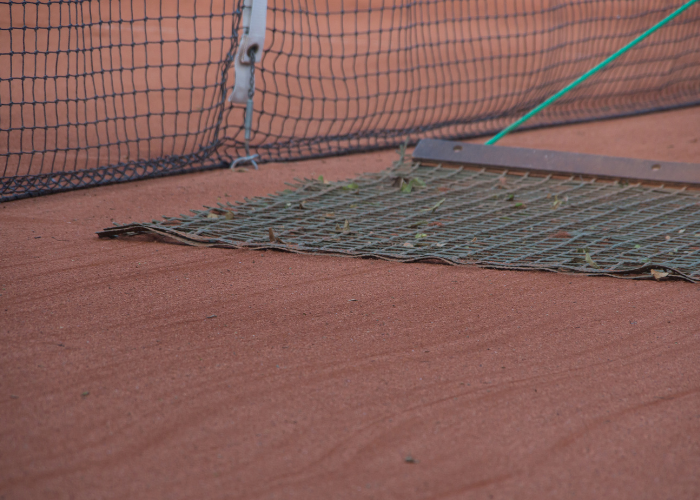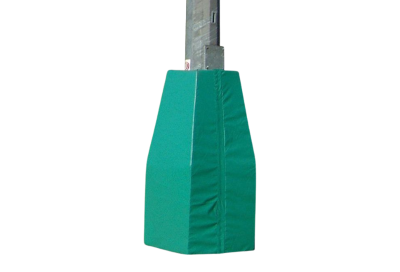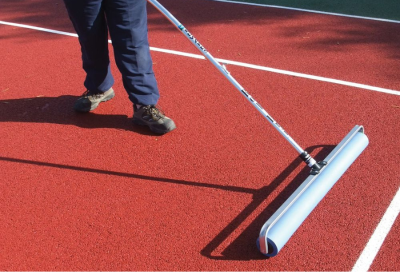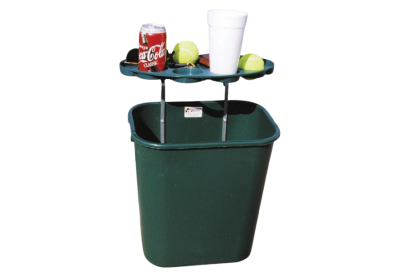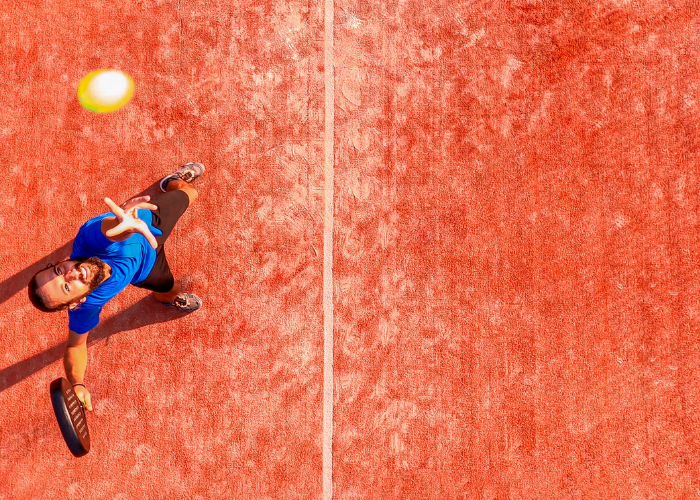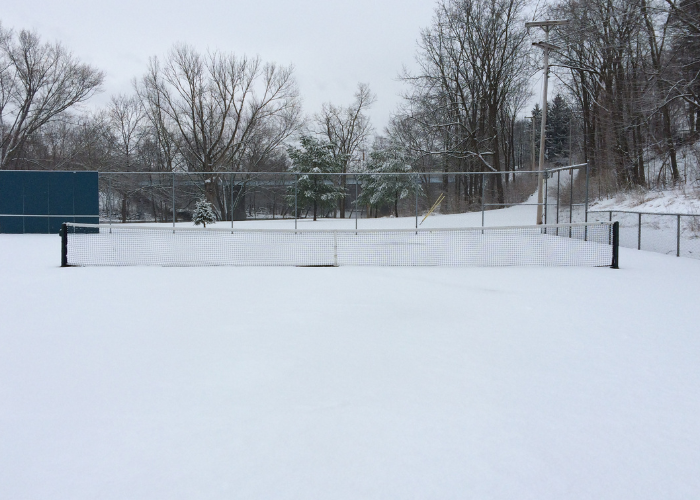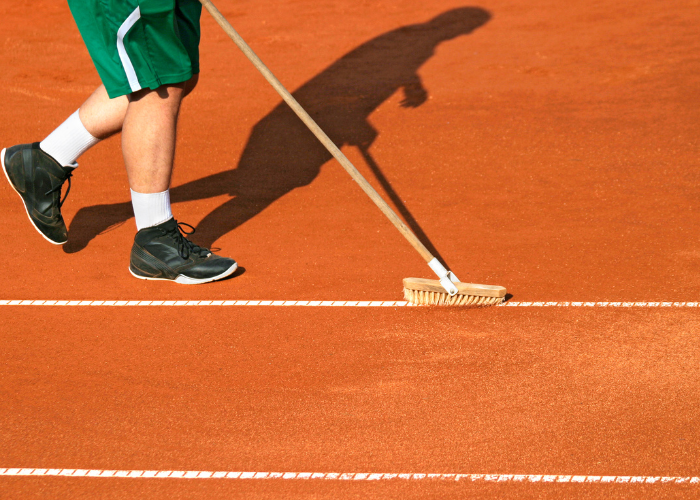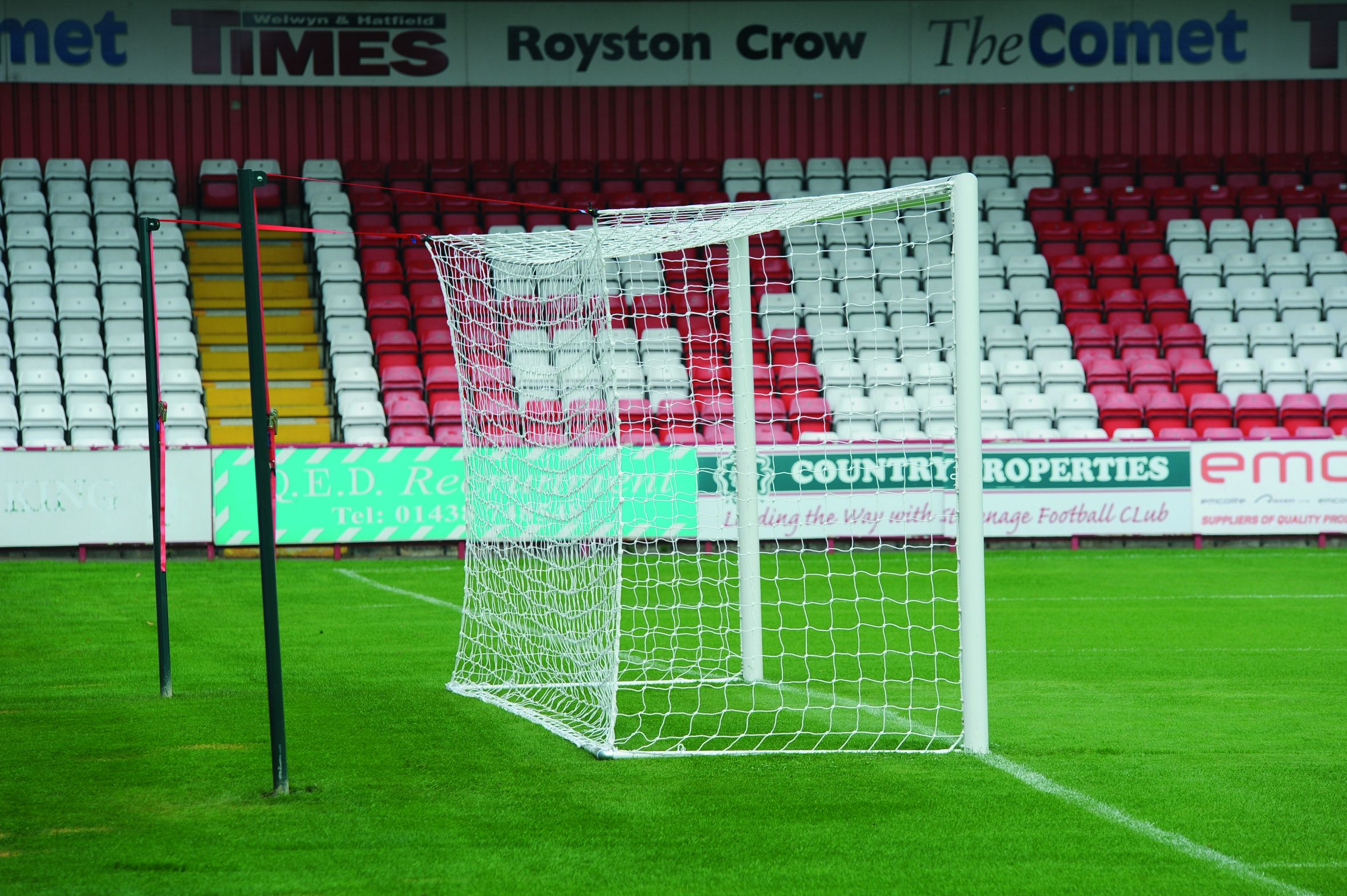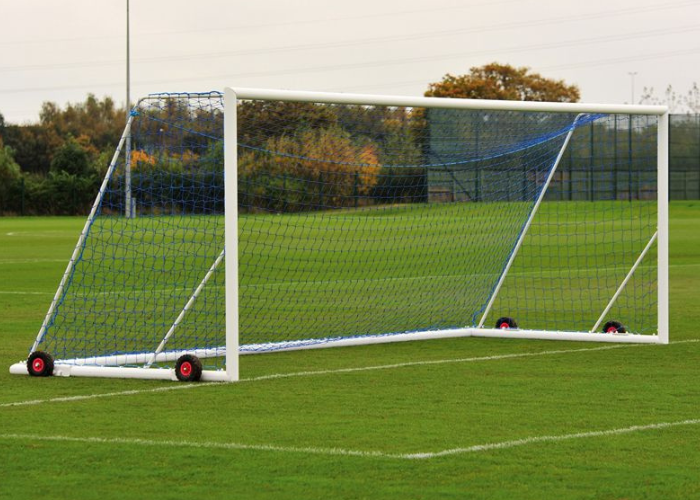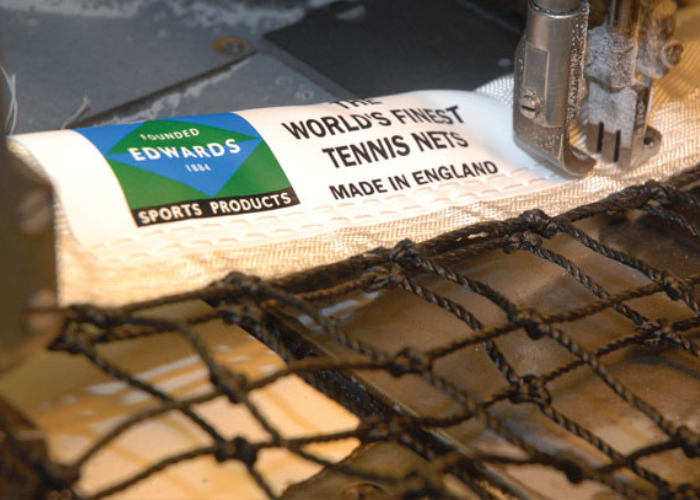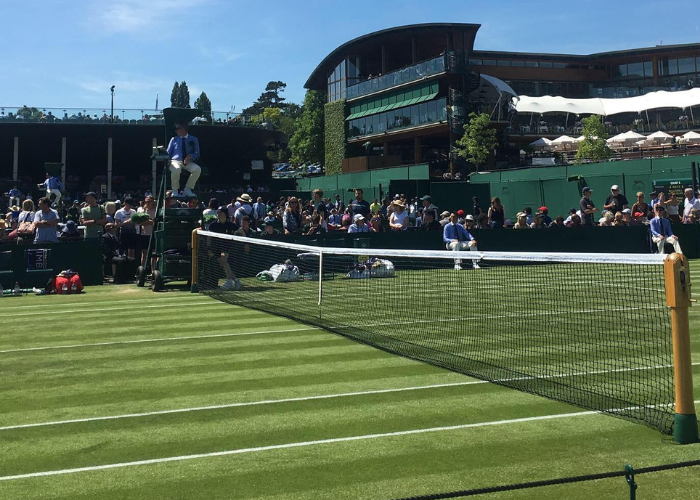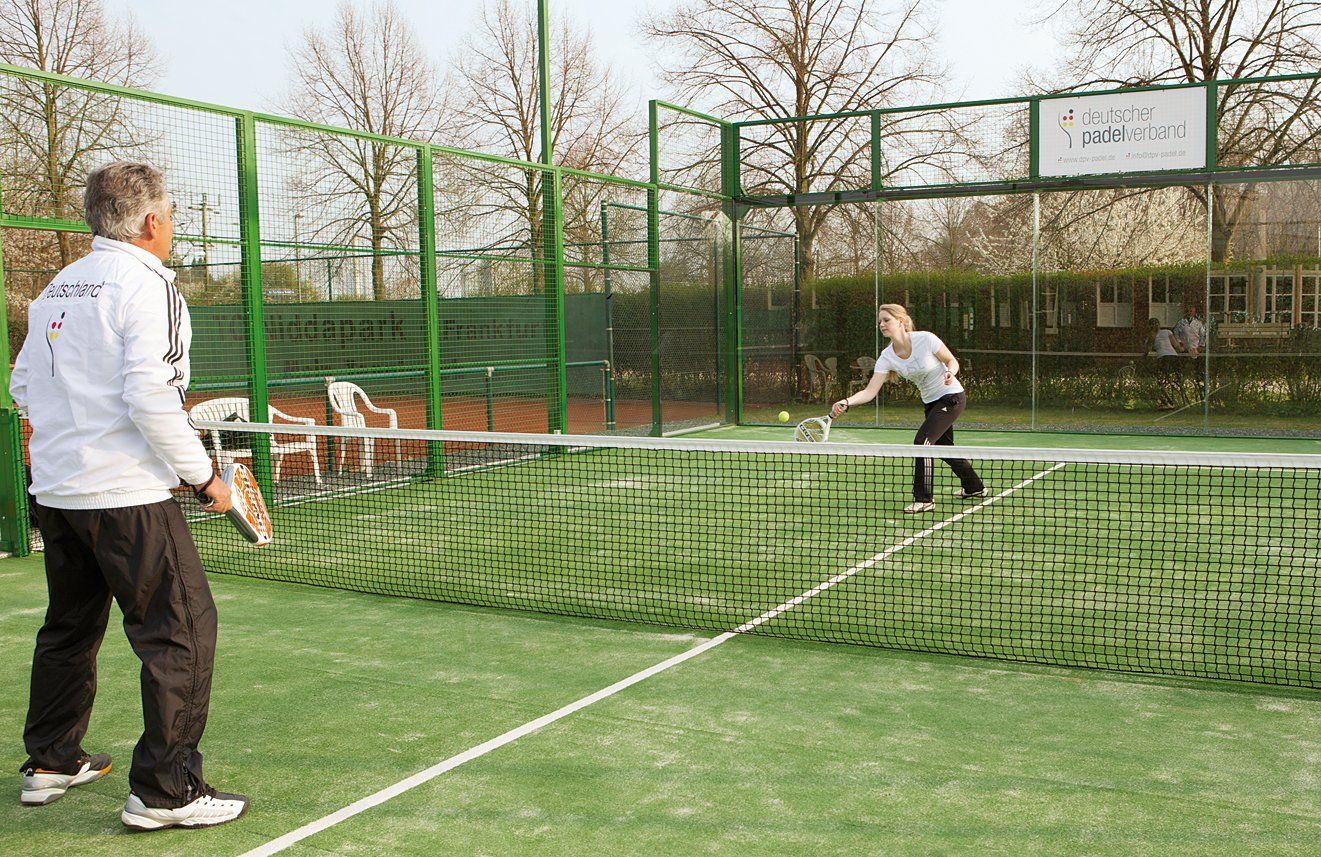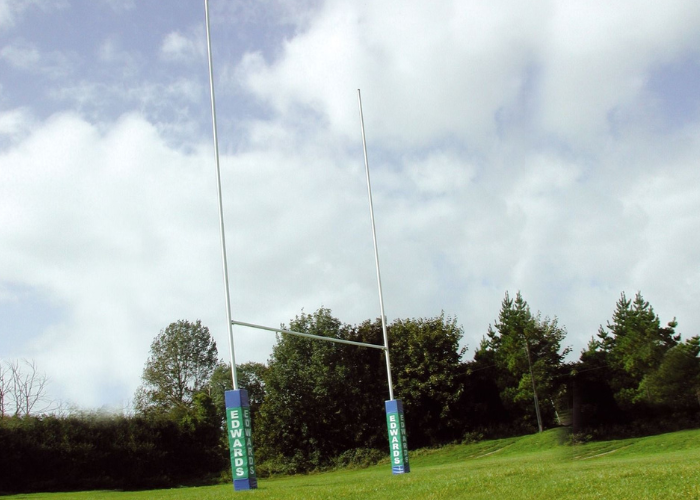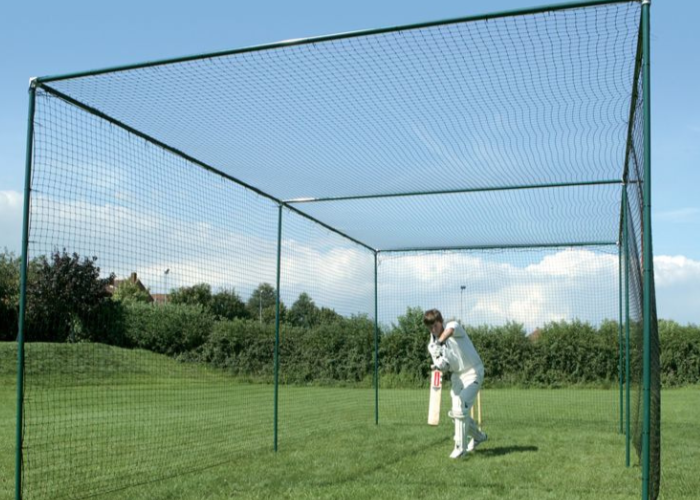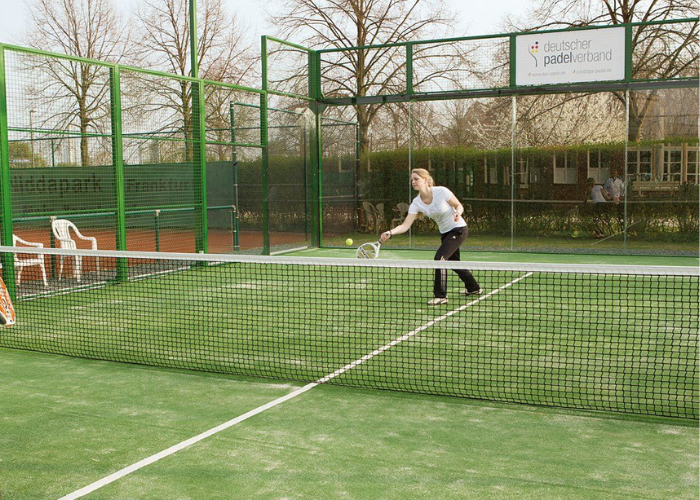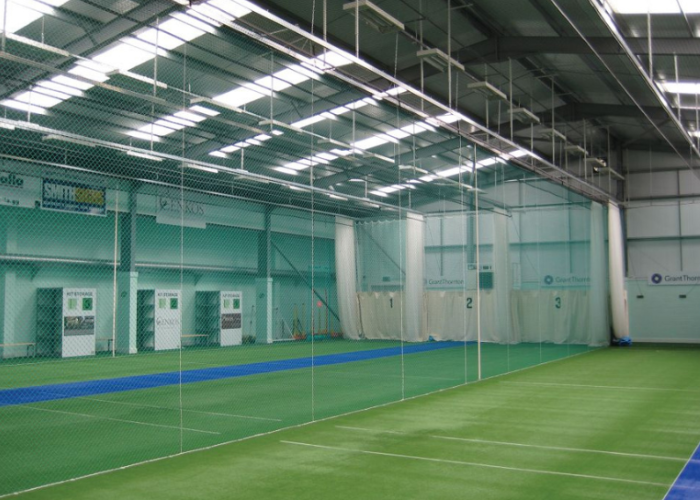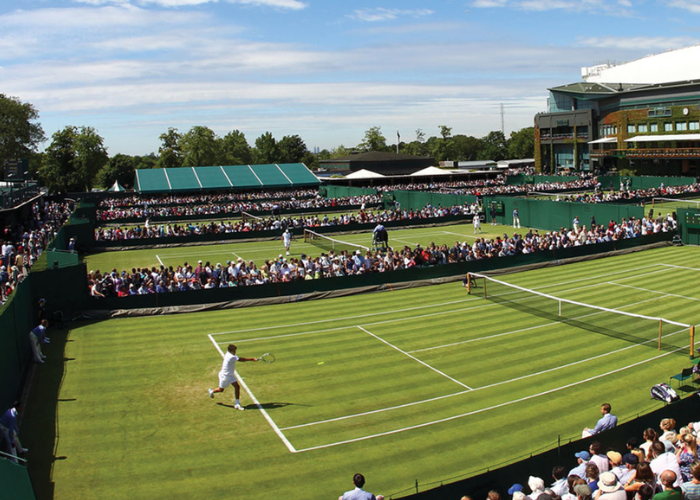We use cookies to make your experience better. To comply with the new e-Privacy directive, we need to ask for your consent to set the cookies. Learn more.
Should You Take Tennis Nets Down in Winter? Court Care Tips for Winter
- Admin
- Blog Posts
- 11 Nov 2024
-
26views
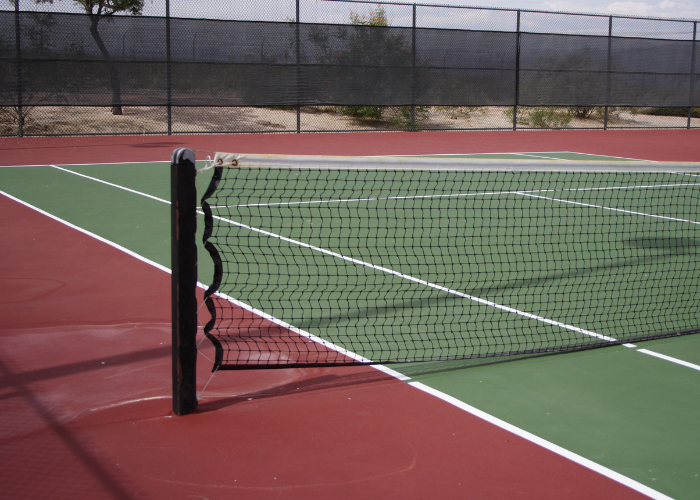
Wondering whether you should take your court’s tennis nets down in winter? Our guide to looking after your court during the colder months lays out all the important information you need.
The answer to this question tends to vary from club to club based on their budget for netting and equipment and their location – a tennis club in the Outer Hebrides is going to need to take more extreme measures than a club in West London!
We've put together a basic guide to help you decide whether to take your tennis nets down during the winter months. We've also included some winter court maintenance tips to help you preserve your court's surface and keep it in top condition for the upcoming season.
Should You Take Tennis Nets Down in Winter?
We would advise that outdoor tennis nets should be taken down during the winter months if possible.
While factors like climate and quality of the net can play a role, in general, it’s better to take them down to protect them from harsh weather conditions.
In regions with extreme winter conditions, where heavy snow, ice, or strong winds are prevalent, nets can become damaged or even completely destroyed if left up. This not only affects the functionality of the net but also leads to additional costs for repairs or replacements.
In milder climates, where winters are less severe, it may be tempting to leave the nets up – but it really is better to be safe than sorry.
Higher quality nets, made from materials such as polyethylene, are more resistant to harsh weather conditions, so they may be able to withstand staying up longer.
Our tennis nets at Edwards Sports are favoured by clubs big and small (even Wimbledon) for their weather resistance, durability, and high quality.
However, it’s still recommended to take them down during extreme weather events.
Why Are Tennis Nets Taken Down in Winter?
Taking tennis nets down in winter helps protect them from damage caused by harsh weather conditions.
Snow and ice can weigh the nets down, causing net sagging or tears, and if it gets inside, it can damage the mesh. Cold temperatures and moisture can massively weaken the net fibres, shortening their lifespan.
Removing the nets also lessens the strain on support posts and tension cables, making them easier to reinstall next season.
By properly storing the nets during the off-season, your club can keep them in good condition for the next season, saving on replacement costs and maintaining high court quality for your members and players.
How to Store Your Tennis Nets in Winter
Luckily, storing your tennis nets in the winter is pretty simple and doesn’t require any special equipment. Here are the steps to follow:
-
- Start by ensuring they’re completely dry before taking them down.
- Once dry, carefully untie and unwind the nets from their posts and cables.
- Gently fold the nets to prevent creases or kinks, which could lead to damage over time.
- Store the nets in a cool, dry location that is not subjected to extreme temperature changes or humidity. An indoor equipment cupboard or closet is best.
- Consider putting them in a protective cover or bag, which will help to keep them tangle-free and prevent dust or moisture from getting on them.
- If you’re storing multiple nets, make sure to label them clearly so they can be easily identified when it’s time to set them up again.
Read more: How to Set Up a Tennis Net – The Ultimate Guide
Tips to Protect Your Tennis Court in Winter Weather
Of course, taking down your nets isn't the only way you should be maintaining your outdoor tennis courts when the weather gets colder and wetter!
The off-season is the ideal time to carry out some regular court maintenance to prepare for the next season and prevent any costly repair bills.
Here are our top tips for maintaining your tennis court during the winter months.
1. Remove the Tennis Nets Before Frost Sets in
Removing outdoor tennis nets before the first hard frost is an essential component of winter maintenance.
This timing is critical to prevent the nets' exposure to freezing temperatures, which can cause the fibres to become brittle and more susceptible to damage.
Once frost sets in, moisture can infiltrate the net material, expand, and lead to tiny tears or weaknesses. By taking down the nets prior to this, you effectively protect them from potential issues.
Proactive planning enables you to efficiently complete this maintenance step, thereby preserving your nets for many tennis seasons to come.
2. Remove & Store Tennis Windbreaks
Properly removing and storing tennis windbreaks during winter is crucial for preventing damage and extending their lifespan.
Windbreaks serve as wind barriers, creating a stable playing environment in warmer months. In winter, however, they can be damaged by strong winds, snow, and ice, which may tear or weaken the fabric.
After taking them down, ensure they’re dry to prevent mould and mildew during storage. Fold them neatly to minimise creases or material distortion.
Store the windbreaks in a cool, dry, and dark place – ideally alongside the rest of your tennis court equipment.
Shop our full range of tennis net surrounds for a professional court setup.
3. Remove Debris from the Court Surface
Removing debris, such as fallen leaves, from the court surface is a critical maintenance task, particularly in the winter months. Fallen leaves and other debris can trap moisture, leading to a slippery surface and the potential for water damage.
Additionally, as leaves decompose, they may stain the court surface and contribute to the growth of moss or algae, which can deteriorate the court material over time.
To effectively remove debris and clean leaves from the surface, regularly sweep the court using a soft-bristled broom, ensuring that the entire playing area, including the corners and net posts, is clear.
Keeping the court surface clean not only ensures safety and aesthetic appeal but also helps maintain the court's structural integrity, prolonging its lifespan and reducing the need for costly repairs.
4. Court Winter Cleaning & Stain Removal
The off-season provides a perfect opportunity for undertaking deep winter cleaning and stain removal on your tennis court.
During the colder months, while the courts are not in active use, you can address any existing stains or grime that may have accumulated over the previous season. By doing so, you ensure the court is in pristine condition and ready for play once the weather improves.
Focus on removing any stubborn stains, including those left by leaves, moss, or algae, by using appropriate cleaning solutions and equipment, such as the Pac-Dri Water Remover & Court Cleaner.
Regular cleaning improves the court's appearance and protects its surface from long-term damage.
5. Prevent Freezing in Seams & Joints
Freezing temperatures can pose a significant threat to the seams and joints of an artificial tennis court surface.
When water infiltrates these areas and subsequently freezes, it expands, exerting pressure that can cause seams to split and joints to separate. This damage not only affects the court's playability but also potentially leads to expensive repair work.
To prevent this, it's crucial to ensure that the court surface is well-drained with proper maintenance.
• Regularly inspect and clear out any debris from drainage channels to facilitate effective water runoff.
• Apply a protective sealant to the seams and joints to create a water-resistant barrier and reduce the risk of water penetration.
Make Sure You Use the Right Maintenance Equipment
Utilising the correct equipment when maintaining your tennis court is essential to ensure the longevity and performance of the court surface.
Proper equipment not only makes the maintenance tasks more efficient and effective but also reduces the risk of accidental damage to the court.
Employing the right tools helps achieve optimal results, preserving the court's structural integrity and playing quality.
Here are some of the equipment we recommend for maintaining your tennis courts:
Good Equipment
| Soft-Bristled Broom | Ideal for sweeping debris without damaging the court surface. |
| Pac-Dri Water Remover & Court Cleaner | Effective for removing water accumulation and ensuring a clean, dry playing area. |
| Pressure Washer | Handy for removing stubborn stains, though care should be taken to use a gentle setting to avoid surface damage. |
| Leaf Blower | Useful for quickly and efficiently clearing leaves and other light debris off the court. |
| Protective Sealant Applicator | Helps in applying sealants to seams and joints, creating a water-resistant barrier. |
Here are some of the equipment we would avoid when maintaining your tennis courts:
Equipment to Avoid
| Metal Rakes or Stiff Brushes | These can scratch or gouge the court surface, leading to potential damage. |
| Harsh Chemical Cleaners | Can break down surface materials or discolour the court; always use cleaners recommended for tennis court use. |
| Heavy Machinery | Large power washers at high settings, for example, can strip coatings or damage delicate areas of the court. |
Summary: Protect Your Tennis Court During Autumn & Winter
So, to sum it all up…
- Take your outdoor tennis nets down before the peak winter weather settles in.
- High-quality tennis nets, like Edwards Sports’ nets, are more weather-resistant than low-quality nets, but should still be taken down to maintain their longevity.
- Store your nets in a zipped-up bag or inside an equipment cupboard along with other court equipment.
- Regularly inspect your court through the winter and keep an eye out for damage that may need to be repaired before the new tennis season.
Find out how to maintain your tennis courts to professional standards with insights on everything from tennis net height to Wimbledon secrets and more with the Edwards Sports blog.
Read the Edwards Sports Blog for Everything Tennis, Cricket, & More!
FAQs
Can You Still Play Tennis in Winter?
Yes, you can play tennis in winter; however, to maintain safety, ensure the court is free from ice or snow.
Wear appropriate gear to stay warm and focus on proper maintenance to protect the playing surface during colder months.
How Do You Store Tennis Nets?
To store tennis nets, remove them from posts, clean them thoroughly, dry them completely, and fold them neatly. Place them in a dry, temperature-controlled area protected from pests, moisture, and direct sunlight to preserve their condition for the next season.
Can You Leave Tennis Rackets in the Cold?
No, it's not advisable to leave tennis rackets in the cold. Extreme temperatures can affect the strings and frame tension, potentially leading to warping or damage. Store rackets in a temperature-controlled environment for optimal preservation.
How Often Do You Have to Replace a Tennis Net?
Typically, a tennis net should be replaced every 2 to 3 years, depending on usage and exposure to weather conditions. Regular inspection for wear and tear can help determine the need for earlier replacement to ensure optimal performance.






